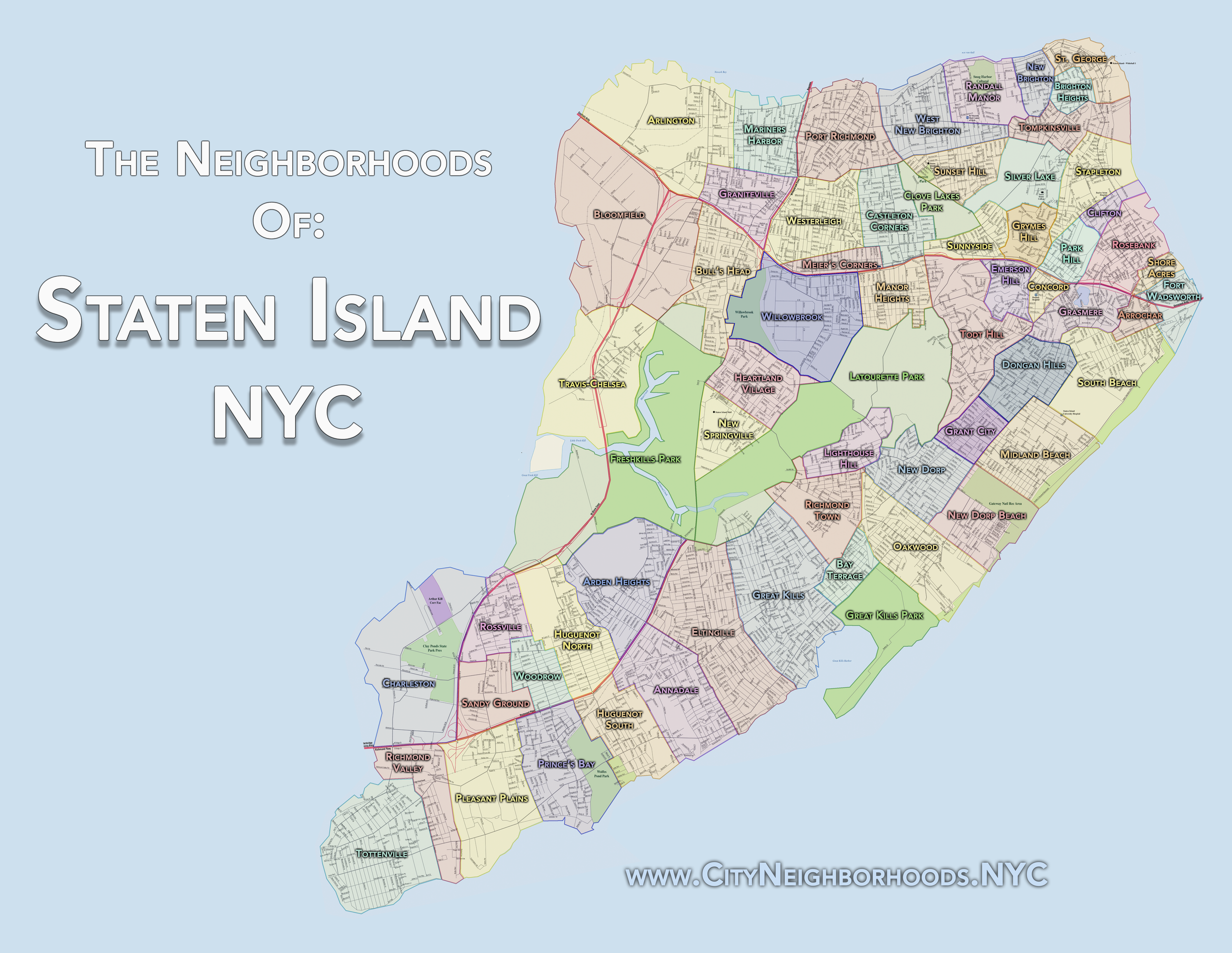Mobile users, you may need to rotate your device or click the + sign above to see the full list of neighborhoods.
Freshkills Park - Staten Island - NYC
I’ve only just begun my explorations of Freshkills Park on Staten Island, NYC. I will be returning in the near future for a dedicated tour of the neighborhood, so please keep checking the Updates page and my YouTube channel!
On the West Shore of Staten Island is Freshkills Park - a long -gestating public greenspace to replace the former landfill. To the south, beyond Arthur Kill Road are the neighborhoods of Rossville, Huguenot North, and Arden Heights. Travis-Chelsea and Bloomfield. Bull’s Head is to the north, while Heartland Village and New Springville are to the east.
Freshkills Park slideshow (Coming Soon):
The Neighborhood
Fresh Kills, a historically significant area on Staten Island, New York, is often associated with the Fresh Kills Landfill, which was once the largest landfill in the world. However, the site is undergoing a transformation into a park and natural area that symbolizes renewal, sustainability, and environmental awareness.
**Landfill History:**
The Fresh Kills Landfill operated for several decades, becoming a repository for solid waste from New York City. At its peak, it was a major disposal site for the city's garbage, raising environmental concerns and public health issues due to its vast size and waste accumulation.
**Transformation and Renewal:**
In 2001, the Fresh Kills Landfill was officially closed, marking the end of its use as a waste disposal site. Since then, a comprehensive plan has been in place to transform the landfill into Freshkills Park, a massive public park that aims to revitalize the area and provide recreational and educational opportunities for residents and visitors.
**Freshkills Park:**
Freshkills Park is one of the most ambitious park development projects in the city's history. The transformation process involves reclaiming the landfill space and restoring it to its natural state. The park's design incorporates sustainable practices, wetland restoration, wildlife habitat creation, and recreational amenities such as hiking trails, sports fields, and cultural spaces.
**Environmental Significance:**
The conversion of the landfill into a park represents a shift in environmental consciousness. It highlights the importance of sustainable practices, waste reduction, and green infrastructure, while demonstrating how an area once associated with waste can be turned into a vibrant and ecologically valuable space.
**Cultural and Historical Heritage:**
Fresh Kills has historical and cultural significance beyond its landfill history. The name "Fresh Kills" itself originates from the Dutch word "Kil," which means a water channel or stream. The area was historically marshland and tidal wetlands, and its history is intertwined with Staten Island's Dutch colonial roots.
**Recreational and Educational Opportunities:**
Freshkills Park offers a wide range of recreational opportunities, including biking, hiking, birdwatching, and picnicking. The park's ongoing development includes education centers and facilities that provide information about environmental stewardship, waste reduction, and the transformation process.
**Community Engagement:**
Freshkills Park engages the local community through events, workshops, and programs that promote awareness of environmental issues, sustainable practices, and the ongoing transformation of the site.
**Long-Term Vision:**
Freshkills Park is an ongoing project with a long-term vision. As it continues to evolve, the park will serve as a model for sustainable urban development, emphasizing the importance of creating green spaces that benefit both people and the environment.
In essence, Fresh Kills represents a journey from a landfill burden to a symbol of environmental restoration and community renewal. The park's transformation captures the spirit of resilience, innovation, and the commitment to creating a better and more sustainable future for Staten Island and beyond.
Click here for ALL Photos From Staten Island:
All photography provided by Samuel Walters


